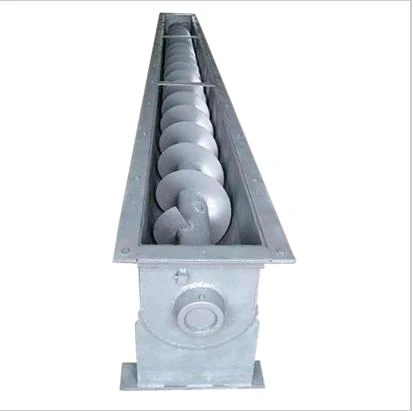CNC Cable Chains for Efficient Cable Management in Automation Applications
Understanding CNC Cable Chains A Comprehensive Overview
CNC (Computer Numerical Control) machinery has revolutionized the way manufacturing and fabrication processes are conducted. From milling machines to lathes, these machines require an intricate balance of precision, speed, and reliability. One crucial component that facilitates this balance is the CNC cable chain, also known as drag chains or energy chains. This article explores the significance, functionality, installation, and maintenance of CNC cable chains in manufacturing processes.
What is a CNC Cable Chain?
A CNC cable chain is a system designed to manage and protect the various cables and hoses that supply power, signals, and fluids to CNC machines. These chains are composed of interlinked segments that create a flexible, protective conduit through which cables can move freely. When a CNC machine operates, it often experiences significant movement in its components, leading to the potential for cable tangling, fraying, or abrasion. Cable chains help mitigate these risks by organizing and shielding cables efficiently.
Importance of CNC Cable Chains
The incorporation of cable chains in CNC systems is paramount for several reasons
1. Protection and Durability CNC machines often work in harsh environments where exposure to oil, heat, dust, and mechanical stress can damage cables. Cable chains provide protective casings, enhancing the lifespan and reliability of cables.
2. Flexible Movement CNC operations can involve complex movements across multi-axes, which means that cables need to be constantly in motion. CNC cable chains allow for smooth movement, reducing friction and wear and tear on the cables.
3. Safety By organizing cables within a chain, the risk of tripping hazards and potential damage to the machine is significantly lowered. This leads to a safer working environment for operators.
4. Reduced Downtime Cable chains minimize operational disruptions caused by damaged cables. By ensuring that cables are well-organized and protected, downtime is reduced, leading to increased productivity.
Installation of CNC Cable Chains
Installing a CNC cable chain involves several steps that ensure its optimal functionality
cnc cable chain

1. Choosing the Right Chain Selecting the appropriate chain depends on the type of cables being used, the movement required, and the environment of operation. Factors such as radius, length, and the number of bends should be carefully considered.
2. Mounting the Chain The cable chain must be fixed securely to the machine frame. This is typically done at both ends, allowing for flexing and movement without detachment.
3. Routing Cables Cables should be routed inside the chain according to their specifications. It’s important to allow some slack for movement and to prevent excess tension.
4. Testing Once installed, the cable chain system should be tested to ensure that it moves smoothly without kinks or binds. Proper testing can help identify any issues that could affect machine operation.
Maintenance of CNC Cable Chains
Regular maintenance of CNC cable chains is essential to ensure their long-term functionality
1. Inspection Routinely inspect the cable chain for signs of wear, fraying, or damage. Early detection of issues can prevent downtime.
2. Cleaning Dust and debris can accumulate within the chain. Regular cleaning helps maintain the integrity of the cable and allows for smooth movement.
3. Lubrication If necessary, applying suitable lubrication can reduce friction and extend the lifespan of the chain and cables.
4. Replacement Over time, cable chains will need replacement due to wear and tear. Keeping a stock of spare parts can ensure that replacements can be done quickly to minimize production interruptions.
Conclusion
CNC cable chains play a vital role in the functionality and reliability of CNC machinery. Through their protective capabilities, they enhance the safety, efficiency, and longevity of cable systems within these sophisticated machines. A proper understanding of their importance, installation, and maintenance can significantly contribute to smoother manufacturing processes and overall operational success.








